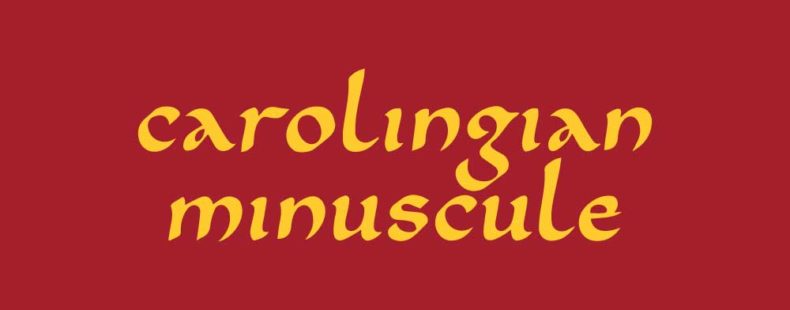Since at least the Bronze Age (c.3300–300 b.c.), humans have been writing things down. They didn’t have spell-check back then, though. In fact, the Latin alphabet you’re familiar with (and that this is written in) is dated to around the 700s b.c.—and that is just one of many scripts.
In the many centuries since, Western peoples have cycled through countless types of handwriting. And, while news stories like to sound the alarm that handwriting is going the way of the dodo thanks to the type (vs. script) computers and cell phones, there’s no sign that people have given up scribbling by hand altogether. After all, how would we scratch out our grocery lists? Oh wait, a notes app? Anyways …
We sometimes think of our handwriting as unique as our fingerprint. And, to a certain extent, our own personal handwriting is unique—that’s why, if you keep up with your police procedurals, forensic handwriting analysts can match Is and Ts to a person’s identity. But that doesn’t mean that there aren’t trends in handwriting over the centuries. These trends are shaped by writing tools, cultural values, and the language itself.
We are going to look at a few of the major genres of handwriting styles over the millennia. You’ll learn why medieval manuscripts seem so undecipherable to us today, how the invention of cursive was linked to an Italian philosophical movement, and how good ole competition shaped American handwriting as we know it today.




















